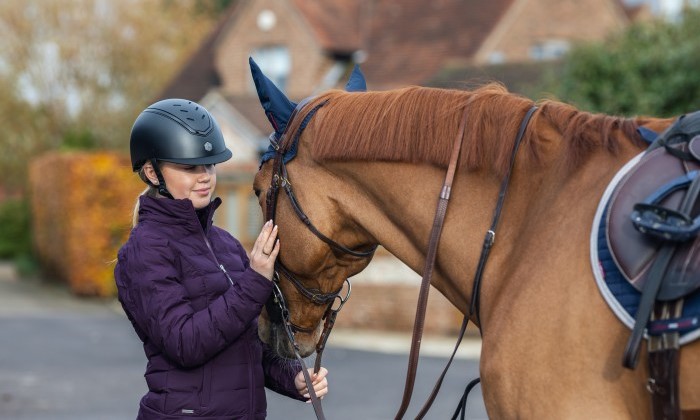When it comes to horseback riding, safety should always be your top priority. One of the most crucial pieces of equipment you need is an equestrian helmet. A well-fitted, high-quality helmet can significantly reduce the risk of head injuries, offering you much-needed protection during both practice and competitions. But with an overwhelming variety of options available on the market, how do you choose the perfect equestrian helmet? This buyer’s guide aims to answer precisely that.
Understanding the Importance of Equestrian Helmets
Before diving into the selection process, it’s essential to understand the vital role an equestrian helmet plays. Unlike typical helmets, an equestrian helmet is specifically designed to protect against horse-related injuries. They absorb shock upon impact, thus reducing the chance of concussions or severe head trauma.
Safety Standards & Certification
When choosing an equestrian helmet, make sure it meets the necessary safety standards. Helmets certified by organizations such as ASTM (American Society for Testing and Materials) or SEI (Safety Equipment Institute) offer proven quality and reliability. Always check for these certifications before making a purchase.
Material & Construction
Modern equestrian helmets are generally made from high-quality polycarbonate shells with EPS (Expanded Polystyrene) foam linings for shock absorption. Some may even feature extra comfort padding, ventilation systems, and moisture-wicking liners. Assess the materials and construction to ensure durability and protection.
Sizing and Fit
The perfect fit is crucial when selecting a helmet. A too-loose helmet can fall off, while a too-tight helmet can cause discomfort. Most helmets come in various sizes, and some offer adjustable dial systems for a more customized fit. It’s always recommended to try on several models and consult sizing charts. When trying on a helmet, make sure it sits level on your head and doesn’t tilt back or forward. You should be able to fit one or two fingers under the chin strap.
Style and Aesthetics
While safety should never be compromised for style, there’s no harm in wanting a helmet that looks good. Today, equestrian helmets come in various styles and colors, including traditional velvet-covered designs and more modern, sleek options. Depending on your preference and the type of riding you’ll be doing (show riding, casual riding, etc.), you can choose a style that suits you best.
Ventilation and Comfort
Comfort is another factor that shouldn’t be overlooked. Extended periods of riding, especially in hot conditions, can become unbearable with an uncomfortable helmet. Look for models with excellent ventilation systems, breathable materials, and moisture-wicking liners for an enjoyable riding experience.
Additional Features
Some equestrian helmets offer extra features like removable and washable liners, visors, and even Bluetooth systems for communication. Assess your needs and decide whether these additional features are necessary for you.
Budget
Equestrian helmets can range from $50 to over $500. More expensive doesn’t always mean better, but investing in a high-quality helmet from a reputable brand is often worth the cost for the added safety features and durability.
Reviews and Recommendations
Reading product reviews and asking for recommendations from friends or coaches can provide valuable insights. You can learn from the experiences of others and discover any potential issues before making a purchase.
Where to Buy
You can buy equestrian helmets from specialty stores, online retailers, or directly from manufacturers. When buying online, make sure to double-check the return policy in case the helmet doesn’t fit as expected.
Conclusion
Choosing the perfect equestrian helmet involves more than picking the first one you see on the shelf. Safety standards, material and construction, fit, style, comfort, additional features, budget, reviews, and recommendations are all factors to consider. Take the time to assess your needs, try on different models, and consult experts if needed. Remember, the ideal helmet will not only protect you but also enhance your overall riding experience.
